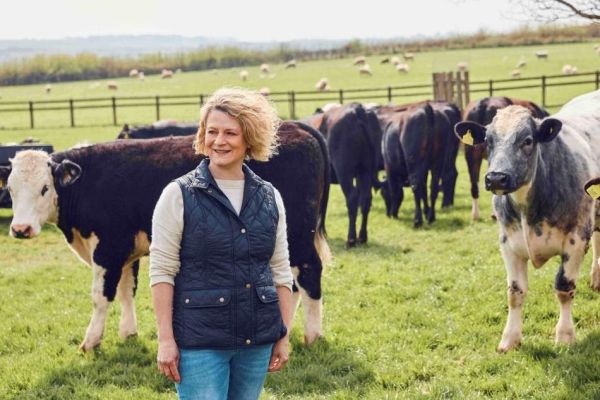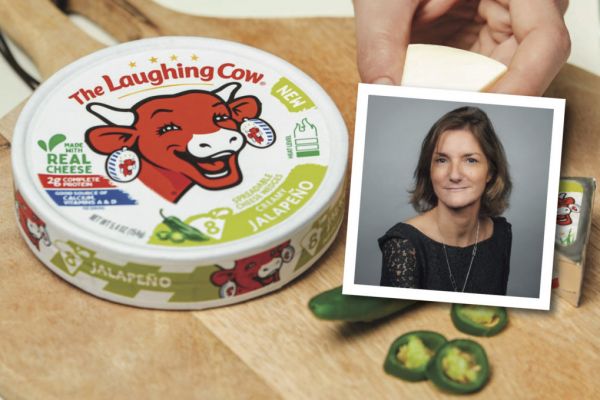In this edition of Buyer's Brief, Nick Peksa examines what effect changes to the European Union’s Common Agricultural Policy could have on retail sourcing. This article first appeared in ESM March/April 2023.
At the end of the nineteenth century, Max Weber, a German sociologist and author of The Protestant Ethic and the Spirit of Capitalism (1905), was the first to use and describe the term ‘bureaucracy’.
He defined bureaucracy as an administrative system that is organised rationally, impersonally, and according to official rules as a means of carrying out imperative control over human beings. He considered an ideal bureaucracy as one whose activities were rationally thought out and whose divisions of labour were explicitly spelled out.
I believe that the European Union ticks Max Weber’s box quite nicely. This article is synthesised from a wide collection of EU papers, but hopefully it captures some of the new changes to the Common Agricultural Policy (CAP).
About The CAP
The Common Agricultural Policy is the EU framework for providing financial support to farmers in member states. It is one of the founding policies of the original common market and brings together national intervention programmes into one scheme, to allow farmers to compete on a level playing field while protecting against volatility in agricultural prices (and, hence, incomes) and to provide food security.
Some €387 billion in funding has been allocated to the Common Agricultural Policy for the 2021-27 period, drawn from the long-term budget of the EU: the European Agricultural Guarantee Fund (EAGF, €291.1 billion) and the European Agricultural Fund for Rural Development (EAFRD, €95.5 billion).
Under the new CAP agreement (implemented from 1 January 2023), EU member states will be able to design their own national strategic plans and help support the allocation of funds around their own specific needs.
The strategic plans must be based on EU goals for social, environmental and economic sustainability in agriculture, and they will be built on ten common EU objectives. The new strategic plans will allow for a greater degree of flexibility between the two funds and include the ambitions of the European Green Deal, in particular, the Farm to Fork Strategy.
Young farmehttps://www.esmmagazine.com/retail/buyers-brief-slainte-mhath-to-the-olive-oil-industry-or-not-234408rs (i.e. those under the age of 40) and small- to medium-sized farms will also benefit from the changes in legislation. CAP payments will also be linked to certain EU labour standards, and farmers will be incentivised to improve working conditions on their farms.
Read More: Buyer's Brief: Sláinte Mhath To The Olive Oil Industry... Or Not?
Thinking Sustainably
The EU plans to roll out various ‘eco-schemes’ under the new CAP. These schemes are available to farmers in addition to direct payments, albeit at a higher percentage of the total budget.
At least 25% of member states’ direct-payment budgets will be allocated to these eco-schemes, thus providing stronger incentives for climate-and environment-friendly farming practices and approaches (such as organic farming, agroecology, carbon farming, etc.), as well as animal welfare improvements.
Some 40% of the overall CAP budget will have to be climate relevant and strongly support the general commitment to dedicate 10% of the EU budget to biodiversity objectives.
The CAP focuses on ten specific objectives, linked to common EU goals for social, environmental and economic sustainability in agriculture and rural areas. The objectives are: to ensure a fair income for farmers; to increase competitiveness; to improve the position of farmers in the food chain; climate change action; environmental care; to preserve landscapes and biodiversity; to support generational renewal; to safeguard vibrant rural areas; to protect food and health quality; and to foster knowledge and innovation.
How Might The New Reforms Affect Retailers?
With a heavy emphasis on climate and environmental practices, the new steer towards environmentally focused farming could have a negative effect on EU production and yields, as farmers will be encouraged to switch to organic farming and reduce pesticides.
This, in turn, might affect the trading position of the EU bloc, as production changes will potentially reduce the long-term exports of cereals, pork and poultry. The trade deficit for oilseeds, fruits and vegetables, beef and sheep is also expected to widen. These new incentives may well result in an increase of local producer prices, which, in turn, could increase retail prices.
However, the EU is also supporting the next generation of farmers and innovation, and, with a new mindset and new technology, this could elevate some of the problems with generational farming, thus reducing food waste, increasing efficiency through the modernisation of practices, and also bringing a fresh perspective to growing the local community and the corresponding workforce. These changes may increase productivity and counteract some of the suggested yield losses.
Read More: Even Table Condiments Aren't Immune From Commodity Price Increases – Buyer's Brief
Ending Thoughts
It is worth considering that a nationalisation of strategic plans will benefit many EU members, as bureaucracy restricts direct employees in coming up with innovative ideas. Through the nationalisation of plans, this would allow member states to up their creativity levels and specifically target their areas of need.
On the flip side, this could also create large amounts of red tape and piles of paperwork, and it would require many more desks. There is the potential for this new approach to slow down communications – after all, how could 26 additional layers of bureaucracy ever slow down grant money being paid to farmers?
For more information, contact [email protected].
© 2023 European Supermarket Magazine – your source for the latest supply chain news. Article by Nick Peksa. Click subscribe to sign up to ESM: European Supermarket Magazine.














